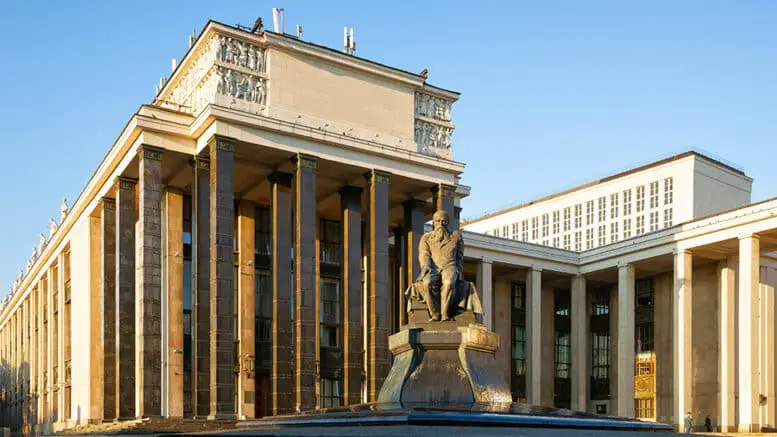The following are observations by SRAS employees and clients while exploring Russian archives as part of SRAS’ Research Support Services. SRAS specializes in remote research services. We will also be maintaining information on accessing archives on our Russian Archive Guides.
Accessibility of Moscow Archives in 2025
24-Feb-2025
In 2025, many Moscow archives are as accessible as before for Russian citizens. Unfortunately, it is difficult for foreign researchers to work with Moscow archives directly, as they are now required to obtain special permission beforehand.
GARF (Russian State Archive) operates as usual. The main GARF reading room had reduced hours for a period in the winter of 2024 as the heating system was repaired, but those hours have now returned to normal. Both main GARF and GARF-2 (the reading room on Berezhkovskaya Embankment) have many visitors every day, and they execute requests for photos promptly – within about ten days.
RGANI (Russian State Archive of Contemporary History) has the same level of accessibility as two or three years ago. The only issue is that some delos indicated as “not confidential” in RGANI electronic database, are in fact “partly confidential” (частично секретные), and they are not given to researchers. RGANI, however, is actively working to declassify files, with its expert commission holding regular meetings regarding the status of its delos. If a delo is rejected, it makes sense to try to order it again later, as might have a changed status.
RGALI has completed the remodeling of its premises and has transferred some of its delos, previously relocated to RGVA, back to the main storage facility. RGALI has always been helpful and prompt at fulfilling requests for photos and scans. The card catalogue at RGALI basement can help locate unique delos about writers as well as film and theater directors.
RGVA (Russian State Military Archive) has good accessibility in regard to its delos on the Russian civil war, World War II (Great Patriotic War), and the post-war fate of foreign prisoners of war in the USSR.
Unfortunately, some archives have become less accessible in the recent years.
RGASPI (Russian Archive of Social and Political History) has closed public access to the personal files of prominent Communists and others. Many other delos have been classified as confidential as well.
ARAN (The Archive of the Russian Academy of Science) allows a scholar to photograph only twenty pages of documents per month, which complicates research projects.
RGVIA (Russian State Military Historical Archive) takes a lot of time to execute requests for photos/scans – up to three months, stating that it has too many such requests.
Researchers, despite these restrictions, continue to work at all these Moscow archives, hoping to make new discoveries in the field of Russian history.
Researching in Russian Regional Archives
30-July-2024
As is often said, Russia is not Moscow – or even St. Petersburg. Life in the regions is often strikingly different from what one finds in the capitals. Thus, studying documents from regional archives can add remarkable details to one’s research.
It should go without saying that if you are researching how a particular event or government policy affected the populace of the Russian empire or the USSR, looking at least a couple of regional archives should be mandatory to at least see if there was significant regional variation. Such variation is often best recorded locally, and in some cases, only recorded locally.
Anyone researching specific people will likely need information from the archives of the regions where they were born or exiled or where they otherwise lived. For instance, The State Archive of the Vologda Region (Государственный архив Вологодской области) has letters written by famous poet Nikolay Rubtsov, as he was born in that region. Anyone researching Khrushchev should probably include information from The State Archive of the Kursk Region, (Государственный архив Курской области) as Khrushchev was born and grew up in that region.
If one is researching Nicholas II and his family, most documents are, of course, stored at Moscow archives. However, the State Archive of Sverdlovsk region (Государственный архив Свердловской области) has information on the family’s last days after they were taken captive and held in Yekaterinburg. There are photos of former czar and his family members, and information about their arrest and execution. Even details like family’s dinner menus are here, as is information about royal relatives visiting the execution site in the 1990s after the fall of the USSR.
Are you interested in the Mongol invasion? The State Archive of the Pskov Region has a famous handwritten book from the XV century called The Book of the Prophet Daniel and the Lives of Many Holy People, which contains a copy of “The Tale of the Destruction of Rus Land,” a manuscript originally from the XIII century that describes the Mongol invasion from very near to the time that it happened.
Researchers of religion should definitely think about tapping regional archives as much of Russia’s religious history happened at churches and monasteries spread throughout the land. The State Archive of the Saratov Region (Государственный архив Саратовской области) is famous for having many ancient Orthodox church books and also fascinating information on the Catholicism practiced by the Volga Germans. The State Archive of the Kaluga region (Государственный архив Калужской области) has documents about Optina Monastery (Козельская Введенская Оптина пустынь), the famous monastery built in the XV century.
Even archives of in regions as remote as Chukotka can be integral to researching certain subjects. For instance, polar exploration and expeditions opening the Northern Sea Route in the 1930s.
When planning regional research, one must keep in mind that each regional archive has its own peculiarities. In Saratov, for instance, a researcher has to show up well in advance to line up and be among the first 27 visitors (the reading room has only 27 seats). In Yekaterinburg, a researcher should sign up for a visit by making a phone call on the first designated day of the previous month to secure one of the limited number of spots available.
SRAS offers remote archive services in regional archives throughout Russia. Our service is aimed at assisting researchers in obtaining the specific information they need in a fast and efficient way.
Researching Across Multiple Russian Archives
10-October-2023
Researching Russia can be challenging. Among other things, its tumultuous history, shifting governments and changing agencies have given archives devoted to the Russian Empire, former USSR, and today’s Russia an often fractured and overlapping structure.
Many archives have documents covering the same periods and overlapping subjects. For example, numerous archives hold documents of 19th century: the State Archive of the Russian Federation (GARF) which has documents of 1826-2004, the Russian State Historical and Military Archive (RGVIA) which has documents from the 1700s to 1917, the Russian State Military Archive (RGVA) which has documents from 1917, the Russian Archive of Social and Political History (RGASPI) has documents of 1818-1950.
In addition, some documents can be found in unusual places. For example, while Russian State Archive of Economics (RGAE) is known to have documents starting from 1917 and covering the Soviet economy, it has the diaries of the polar explorers who spent the winter in the West Arctic in 1914-1915.
It is also good to know that not all archives are located in Moscow. RGIA in St. Petersburg, for instance, can be a source of great discoveries about state history from the 18th century to 1918. There are many regional archives that can also often hold useful information.
Reviewing the information in even the most likely sources can often take hours, but can often exceed expectations. Unfortunately, some archives, such as RGASPI, do not have online listings and researchers must actually physically visit the archive and search on a computer in the reading room. Further, it can be a good idea to review the old physical card catalogues in addition to an archive’s electronic database. RGALI archivists, for instance, confirm that the card catalogue is more detailed and actually better organized than the electronic opisi.
Some projects might require research at less well-known archives. Researchers of art or performance history, for instance, would probably need to search in places like the Archive of Bakhrushin Theater Museum, the Archive of the Tretyakov Galley, the Archive of the State Historical Museum, the Archive of the Institute of World Literature.
SRAS has years of experience with Russian archives and is happy to continue its archive services. We are always thrilled to see when research we help facilitate becomes the basis for successful and unique books, papers, and dissertations.
Researching Ancestry in Russia at RGADA
14-March-2023
RGADA, or the Russian State Archive of Ancient Acts, is an excellent resource for those serious about researching family ancestry that came from the Russian empire.
RGADA is the largest repository of the Russian manuscripts, documents and printed books of 14th – the beginning of 19th centuries. It has at last some information on nearly every family that lived in the Russian empire during those times.
For instance, RGADA archive fund 350 holds the 1710-1719 Census (Ландратские книги – Landrathe Books) and the files of the censuses of 1719-1764 (Ревизии 1-3 – Census Records 1-3). This fund is remarkably broad in its geography and class coverage – it has information about peasants, cossacks, noblemen, merchants, and freeholders (однодворцы).
Fund 219 is called Сибирский приказ (The Siberian Department). It has the census data about the population of Siberia in the 17th century, and the documents for people who were in service to the government from 1594-1767.
Fund 1209 is called Поместный приказ (The Local Department). It has documents about taxpayers from the 15th to the beginning of 18th century, particularly about noblemen.
One major challenge that can arise when researching individuals from this period is that sometimes whole towns, villages, or estates do not exist anymore. However, funds within RGADA can be of service in finding information about these places, particularly in план генерального межевания (plan of the general land survey).
Other useful resources for finding information about ancestors and their former homes are the писцовые книги (chronicles) and переписные книги (census books). These have descriptions of many cities and counties with detailed information about land ownership and land use, about the occupations of local people, about villages and the number of households in them, and about taxes paid by various people. Such books are stored in fund 137 “Боярские и городовые книги” (Boyar and City Books) and in fund 1209 “Поместный приказ” (The Local Department).
Another challenge to researching these old documents is that many are handwritten in the old Slavic alphabet. This is when having a professional assist you can be particularly useful to read the ancient documents fluently.
Lastly, those interested in diving into the resources available in RGADA, or in seeking professional help to do so should make sure they are well prepared beforehand. Before using the archives, individuals should use all the resources available from their family first – starting with reviewing family photos and documents, interviewing older family members, and looking for immigration information from archives at home. All of this will be helpful in making your archival research abroad more efficient and useful.
In addition, the local archives of the towns/regions where your ancestors lived and worked is also useful. At a later stage, other Russian federal archives can be of help. For example, the files on the families of Russian noblemen from the end of 18th – the beginning of 20th century can be found at RGIA (Russian State Historical Archive) in St. Petersburg, RGVIA in Moscow has files about the military men before the revolution of 1917. Many more archives can also be queried.
Searching for one’s ancestry is a fascinating experience, which always brings new discoveries.
RGALI – Repository of Cultural and Literary History
10-March-2022
Russian State Archive of Literature and Art – RGALI – has unique documents such as poems handwritten by Pushkin and Lermontov, draft novels by Dostoevsky, and sketches drawn by famous artists. Its collections of documents related to writers, composers, artists, and filmmakers depict hundreds of years of history of Russian and Soviet culture.
RGALI has two reading rooms in two nearby buildings. The first reading room contains personal funds on hardcopy delos, the second reading room has microfilms and hard copy funds of institutions. The two reading rooms have slightly different schedules.
A peculiar feature of RGALI is that it still has a large catalogue on index cards located in the basement. A researcher can do a more detailed search in that catalogue as not all the holdings are indicated in the electronic database.
RGALI is one of the most efficient archives in terms of service. Scans and photocopies are done promptly, archivists are polite and helpful, they can even give recommendations how to reach the copyright owner of a particular delo if 75 years’ period is not expired and the delo is not in public domain yet.
In 2022, RGALI underwent a major renovation of its second reading room and storage facility. Unfortunately, some of its delos have still not returned to its storage facility from nearby archives. However, most materials are available for researchers exploring literature and art.
SRAS Continues Archival Services in Russia
10-March-2022
By Renee Stillings, SRAS Program Director
SRAS is continuing its Archival Research Services in Russia. We believe that now it is as important to support archival research abroad as it has ever been. Please note that SRAS still has ways to maintain cashflow between the two countries to ensure that our researchers can keep working for you. We will maintain this service for as long as is possible for the good of all.
RGASPI: Histories of Multiple Countries and Individuals
22-Feb-2022
RGASPI (Russian State Archive of Social and Political History) is one of the most efficient archives in Moscow. It can execute even large scan orders without delays and is able to process requests for photographing documents within a few hours. However, there are some difficulties for researchers which are typical for Moscow archives such as the old projectors for using microfilms as well as a lack of a cafeteria and no wi-fi.
RGASPI states on its website that it has documents related to the three major fields: documents on the political and social history of Western Europe (XVII—XX centuries); documents on the political and social history of Russia and the USSR of modern and contemporary time (the second part of XIX century — the beginning of XXI century), documents on the history of the international labor and socialist and communist movement (the 1860s – the end of the 1980s).
Remarkably, these days, many researchers are not very interested in topics that were “hot” in the mid-1980s and the 1990s such as Stalin’s purges, the GULAG system, or Lenin’s tough acts against the enemies of the revolution. Currently, one of the most popular research topics in RGASPI is the personal history of prominent people from Russia, America, Germany, France, China and many other countries.
One can find much information about prominent people not only from Russia, but from many other countries, such as Americans who sympathized with the Communist movement, some of whom even lived and worked in the Soviet Union. There are many files on Chinese leaders; this is one of the reasons why RGASPI is extremely popular among Chinese researchers who used to visit RGASPI in large groups before the pandemic. The personal files (“личные дела”) of the Communist and Socialist movement activists, along with numerous filled forms (“анкеты”) contain interesting traces of the past era such as letters from schoolchildren to Communist leaders, with vows to study well to become worthy of the prominent Communists, and written requests for benefits such as accommodation in Moscow or subsidized medical treatment in Crimea.
However, excessive confidentiality can often prevent scholars from getting the full picture. In many personal files, some pages are removed by the archivists as they allegedly contain confidential information related to the health or private life of the individuals. Even requests from the relatives of these individuals often cannot convince the archive heads to disclose the removed pages to a researcher.
On common misconception that researchers have is that Communist Party documents from before 1952 are stored in RGASPI while the documents of later periods are kept in RGANI. However, this is not always true; RGASPI has some documents of recent politicians such as Gennady Burbulis, a close associate of President Yeltsin, and Anatoly Lukyanov, the former Chairman of the Supreme Soviet of the USSR in the 1990s. Similarly, RGANI has some documents on Communist activists of the first half of the 20th century. Thus, it’s recommended to check both archives for information on individuals.
It can be exciting for many enthusiasts of history just to see the interior of RGASPI building, which seems itself a throwback to the Soviet era. The narrow corridors are wood-paneled and massive sculptures of Marx and Lenin are located at the entrance. The staircase is wide and majestic, and the reading-rooms are large, while many offices of RGASPI employees are tiny. RGASPI has also employed many great historians and polyglots. Also, RGASPI had some employees such as Ramon Merkader who killed Trotsky in Mexico in 1941 and later lived in the Soviet Union after being released from prison in 1961.
In short, while some it has some inconveniences, a visit to RGASPI is usually a pleasant and enlightening event.
QR Codes at Moscow Archives: Update
17-Feb-2022
Several changes have been made to the policies held by Moscow’s archive since early February. Below is a brief overview of some of the major changes.
- GARF, RGAE, RGANI, RGVA and RGVIA – all require QR codes from researchers intending to work there. This policy has been in place since Febuary 7th.
- Additionally, GARF has limited seating. Only 23 visitors may be in the building at any one time. It is recomended to get to the archive early to make sure you one of the first 23 to arrive.
- Lenin Library does not require QR codes, but does has reduced working hours since February 1 and is currently working from 10:00 to 18:00 on Monday, Wednesday, Friday and Saturday and from 12:00 to 20:00 on Tuesday and Thursday. The Khimki branch currently works from 9:00 to 16:00 on Monday, Wednesday and Friday and from 11:00 to 18:00 on Tuesday, Thursday and Saturday.
RGVIA: A Great Resource on WWI
10-Dec-2021
RGVIA is a unique archive located in the beautiful Lefortovo Palace, built in 1699 and with long military history. The archive has documents about more than 200 years of battles of the Russian Empire, starting from the Peter the Great’s wars, until World War I.
It is not easy to get in: first, a researcher must get a membership (записаться). I had to wait for two weeks until I could visit RGVIA on the scheduled day to sign up for my membership. Then I had to wait for three more weeks until the next visit, to see the files I needed.
It was worth it: the materials of World War I that I explored were in extremely good condition. Further, the beautiful calligraphic hand of these ancestors who wrote the documents were probably those of professional scribes. For a linguist, it would be interesting to research the Russian formal language of 100 years ago.
The spelling of the documents of 1914-1916 was in the new Russian language version, although the spelling reform was only officially implemented in 1918.
Currently, the interest to World War I in Russia is growing, with more people looking for info about their ancestors who served in the Russian Imperial Army. There are many websites dedicated to the Great War such as Pomnimvseh (on that website, people can create a gallery of their veteran ancestors. For this reason, the popularity of RGVIA among researchers is definitely increasing.
If I have a chance, in the future, I will explore many topics such as Brusilov offensive (Брусиловский прорыв), the most well-known military operation of that time. It would also be interesting to research the disintegration of the Russian Army after the revolution of 1917.
The story of the WWI archive itself is fascinating, to trace how the files of 1917 were kept safe and transported to Moscow in the period of turmoil.
RGVIA is very comfortable for using laptops, as it has many electric sockets and work spaces. The lunch break is short, only 20 minutes, so a researcher can accomplish much in a day.
The downside of working at RGVIA is the very long waiting time for photographing files (up to 1.5 months) or scanning (up to 2 months).
Collection 89 at RGANI: Late Soviet History
6-Dec-2021
I took the opportunity to look at famous Collection 89 (коллекция 89) at RGANI. This collection is accessible from only one computer in the RGANI reading room. Even two visits were not enough for me to complete the review of this collection of about 3,000 files of declassified documents from 1922 – 1991.
The documents were declassified mainly in the process of preparing the trial in the case of the Communist Party of the Soviet Union (“дело КПСС”) in 1992 by the special commission established by President Yeltsin in May of that year. The trial ended on November 30, 1992, with a contradictory verdict which condemned the Communist Party by stating that “the regime of unlimited power based on violence, of a relatively small group of party officials led by the Politburo of the CPSU Central Committee under the leadership of the Secretary General prevailed”. At the same time, the verdict considered the President’s order to investigate the facts of the possible unconstitutional activities of the Communist Party of the RSFSR and the nationalization of the property of the CPSU as being inconsistent with the Constitution. The suspension of the activities of the bodies and organizations of the Communist Party of the RSFSR and the dissolution of the governing structures of the CPSU and the Communist Party of the RSFSR (but not the grassroots party organizations formed according to the territorial principle) were recognized as not complying with the Constitution.
From the today’s perspective, the documents of collection 89 do not reveal any serious crime on the part of the CPSU. Leaving aside the purges of the 1930s, the documents of the later periods reveal the facts of the CPSU financial support to the Communist parties in other countries, but it is natural for a country’s ruling party to try to win allies abroad.
What intrigued me was the feeling of helplessness of the Soviet leaders at the end of the 1980s, when many official reports described extreme shortages of foodstuff and basic necessities all over the country, and no measures to improve the situation were taken.
RGANI archivists recommend using collection 89 when documents on other topics are lacking, the collection covers a range of issues from the Chernobyl disaster to the disarmament talks between the USSR and the USA in the 1970s.
Russian Archives Under COVID
06-Dec-2021
By Andrei Nestrov, Archive Research Services Lead
and Josh Wilson, SRAS Assistant Director
Most of Russia’s archives are currently operating under special regimes. These often include alterations to the number of files (delo) that may be requested as well as special scheduling practices to limit the number of people in the reading room at any given time. In many, the price of photocopies or scans has risen.
On the plus side, many have opened online services to schedule reading room time and to request documents in advance, which can make the process more efficient. However, new prices mean that the process is often more expensive. Copies must generally be retrieved in person. Those unable to travel to Russia can contact SRAS for remote archive services.
Each archive has developed its own operational regime. Specific changes made since reopening have been listed below for each. All archives have notices posted that masks and gloves must be worn while inside.
GARF
Our full GARF guide can be found here. Below are recent changes to the archive’s functioning.
- Maximum number of delo: 10 (with an additional maximum of 750 sheets of management documentation or 250 sheets from personal archives)
- Scheduling practices: No appointments must be made in advance, but if the researcher is not among the first 23 visitors to arrive that day, he/she will have to wait until someone leaves GARF.
- Ease of getting in: We recommend to arrive at GARF early enough to be among the first 23 visitors.
- Photography practices / copies, etc.: Visitors are not allowed to take photos of the documents. The price for ordering copies is either 48 rubles/frame “without improvement of quality” or 72 rubles/frame “with improvement of quality.” The price for taking photos on a researcher’s camera is 38-46 rubles, depending on the document and format.
- Special working hours: GARF is working in “shifts,” with one in the morning, followed by a “disinfection hour,” followed by a second shift. Time slots are contained within these shifts.
Current hours are as follows:
Monday, Wednesday: 10:00 – 14:00 and 15:00-18:00
Tuesday, Thursday, Friday: 10:00 – 13:00 and 14:00-17:00
Friday: 10:00–13:00 and 14-00-17:00.
Closed on Saturday and Sunday and the last working day of each month (sanitarny den).
RGASPI
Our full RGASPI guide can be found here. Below are recent changes to the archive’s functioning.
- Number of delo: No restrictions
- Scheduling practices: To visit the RGASPI main reading room at Bolshaya Dmitrovka 15, you must come with an ID and a letter from university/research organization. To visit the reading room at Profsoyuznaya Street 52, a researcher must make an appointment by calling (495) 718-69-85
- Ease of getting slots: RGASPI main reading room at Bolshaya Dmitrovka 15 is generally open to all who come. We have not tested the room at Profsoyuznaya yet. If you have, let us know how your experience went by sending us an email.
- Photography practices / copies, etc: Visitors are allowed to take photos of the documents on a paid basis, after signing an official agreement with RGASPI. The price for photographing one page is 47 rubles for documents older than 1931 and 40 rubles per page for documents from 1931 and later. The price for scanning one page is 156 rubles for documents older than 1931 and 130 rubles for documents from 1931 and later.
RGALI
Our full RGALI guide can be found here. Below are recent changes to the archive’s functioning.
- Number of delo: No restrictions
- Scheduling practices: To visit RGALI reading room for microfilm, make an appointment by calling 8(499)156-69-52), to visit RGALI reading room for manuscripts, make an appointment by calling 8(499)159-75-13
- Ease of getting slots: Access to the microfilm room is usually available within a few days; appointments for the RGALI reading room for manuscripts are available about 10 days after calling for an appointment.
- Photography practices / copies, etc.:
Microfilm: Visitors are allowed to take photos for free only of the documents on microfilms, and on a paid basis – from hard copy documents, after signing an official agreement with RGALI. The price for photographing one page from microfilm is 113 rubles for documents from the 17th-18th centuries, 97 rubles for documents from the 19th century to 1930, and 82 rubles for documents of 1931 and later. Photographing paintings and graphics is more expensive – up to 405 rubles per page.
Hardcopy: For hardcopy documents, photocopying price per page is 54 rubles for documents from 1931 to the XXI century documents, and the earlier documents are allowed only to be scanned or photographed.
- Special working hours: RGALI is working in “shifts,” with one in the morning, followed by a “disinfection hour,” followed by a second shift. Time slots are contained within these shifts. Current hours are as follows:
Monday, Tuesday: 9:00-13:00 and 14:00-19:00,
Wednesday, Thursday: 9:00-13:00 and 14:00-17:00,
Friday: 9:00-13:00 and 14:00-15:00,
First working day of each month – closed (sanitarny den).
The Russian State Library
Our full State Library guide can be found here. Below are recent changes to the archive’s functioning.
- Number of delo: 3-20 documents (the permitted amount varies by department)
- Scheduling practices: Documents must be ordered in advance either via an online form or by calling +7 (499) 557-04-70 доб. 23-56. No paper requests for documents are accepted, as it was before when a researcher ordered documents after coming to the library and filled out paper request forms.
- Ease of getting in: One can come to the library any day without problem, after ordering the documents at least a couple of hours beforehand.
- Photography practices / copies, etc.: Photographing documents is free, but the librarian must first grant you permission. Scans or photocopies, if preferred, can be made starting from 7 rubles per page.
Those unable to travel to Russia can contact SRAS for remote archive services.
You Might Also Like

Russian Archive Diaries: A Blog
The following are observations by SRAS employees and clients while exploring Russian archives as part of SRAS’ Research Support Services. SRAS specializes in remote research…
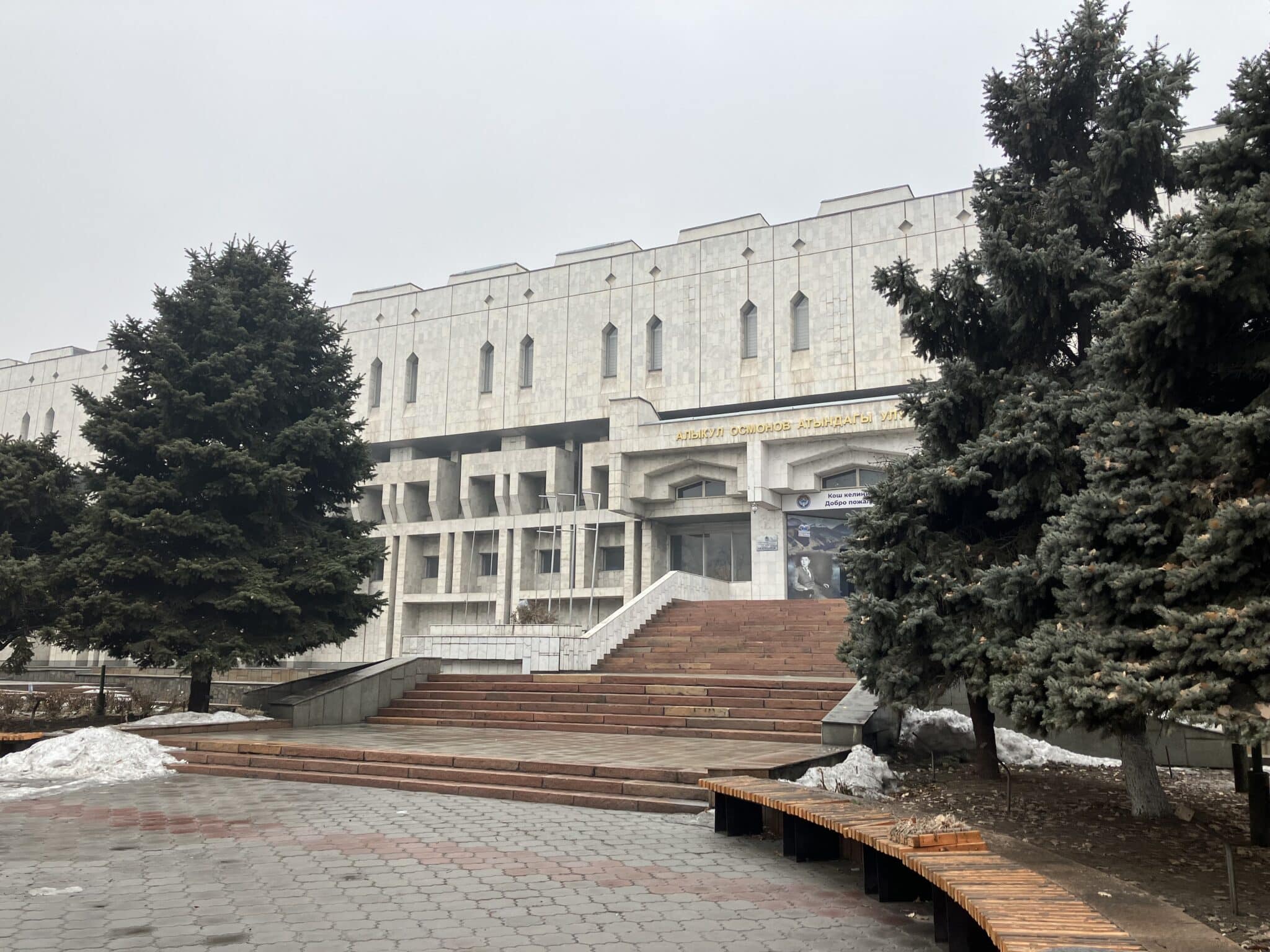
The Alykul Osmonov National Library of Kyrgyzstan
In 1934, the National Library of Kyrgyzstan was formed following the merging of the Frunze City Library and the Library of the Council of People’s…
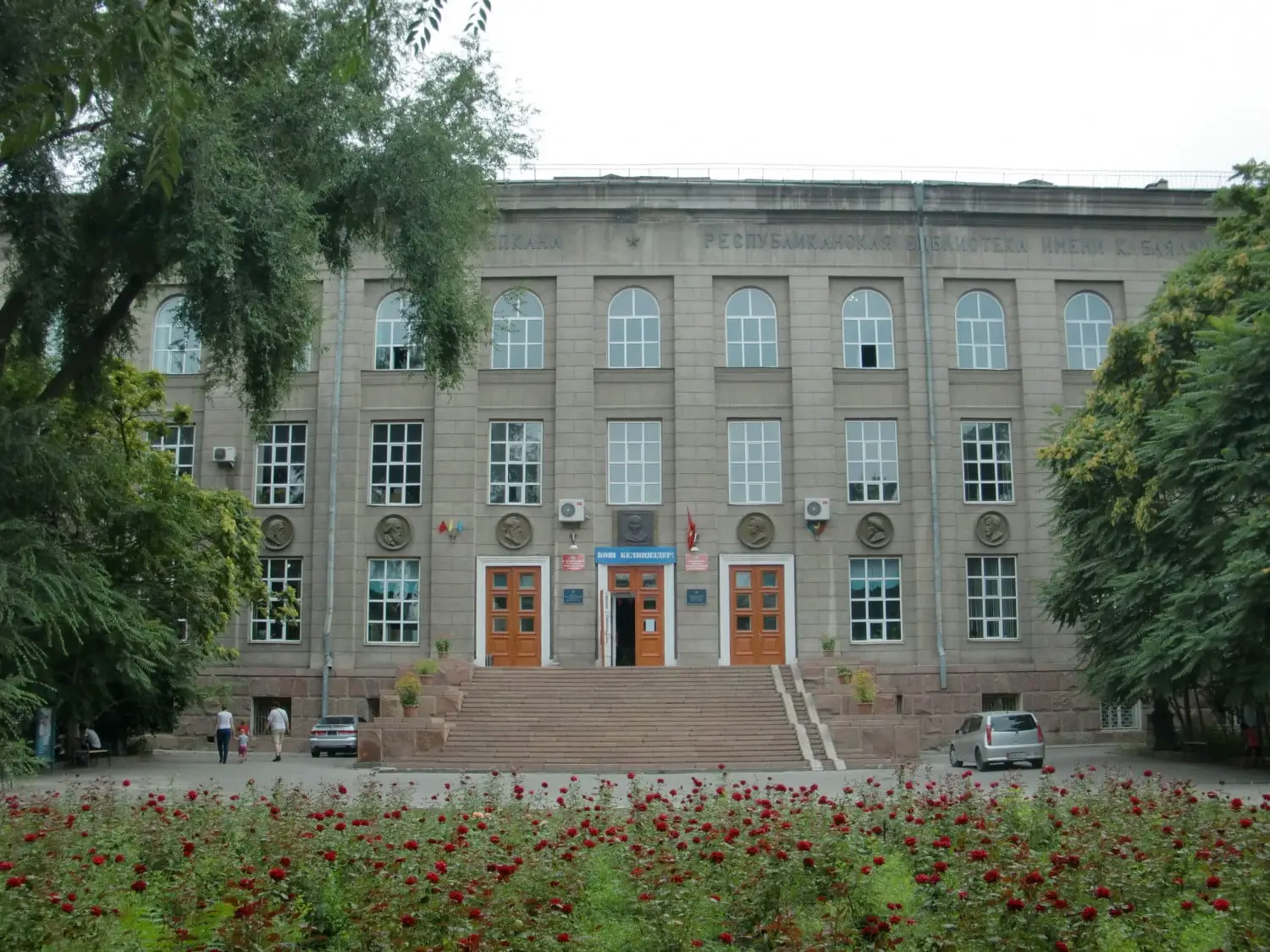
Bayalinov Children’s Library in Bishkek, Kyrgyzstan
The current building housing the K. Bayalinov Library for Children and Youth was built in 1984. It’s located at Ogonbayeva Ataya, 242, near the National…
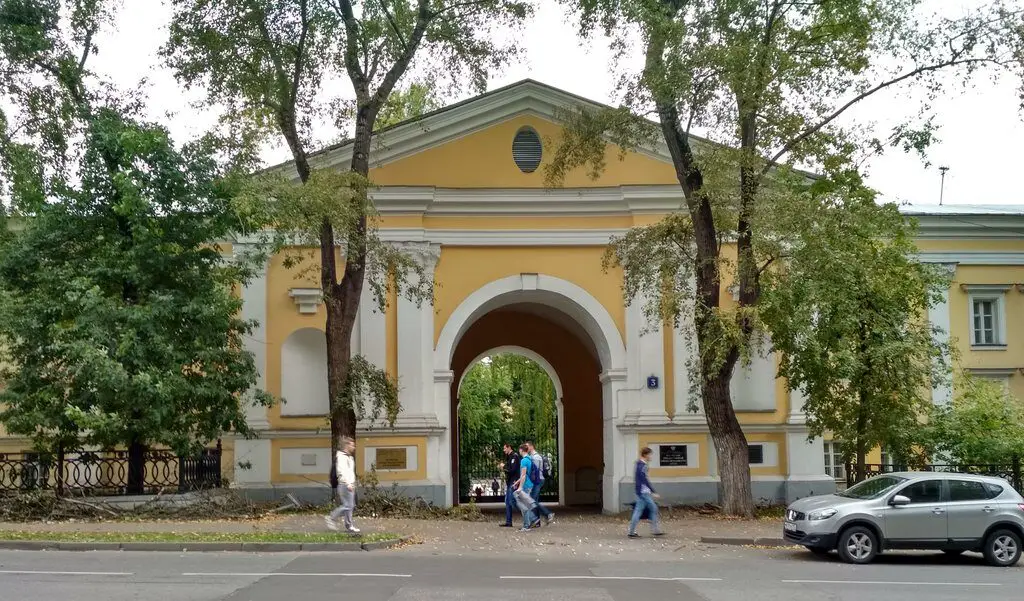
The Russian State Military Historical Archive: A Guide
The Russian State Military Historical Archive (RGVIA; Российский государственный военно-исторический архив) is one of the largest archives in Russia. Its focus is on documents concerning…
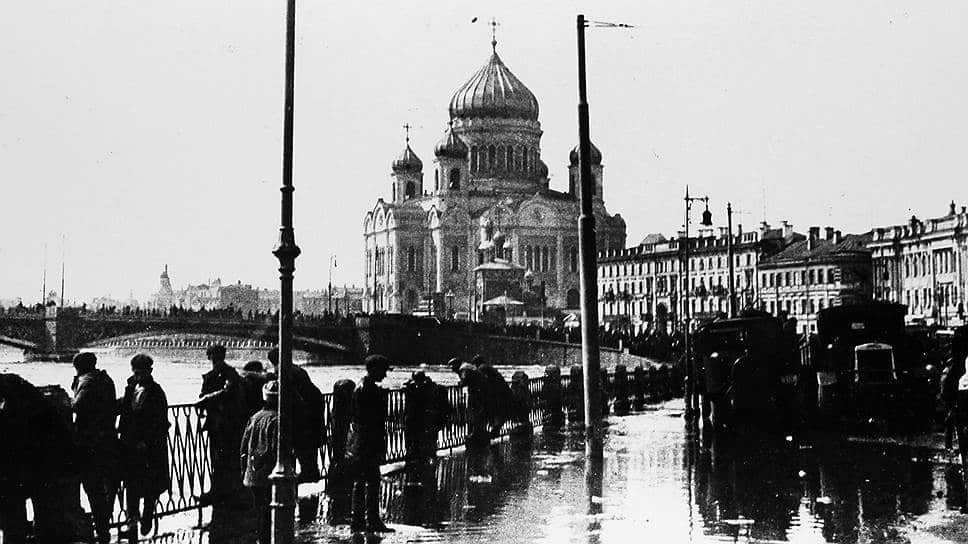
An Introduction to Russian Archives and Archives Abroad
Russian archives are an essential resource for anyone seriously studying Russia. Like any tool, however, one must first know how to use it. This brief…


